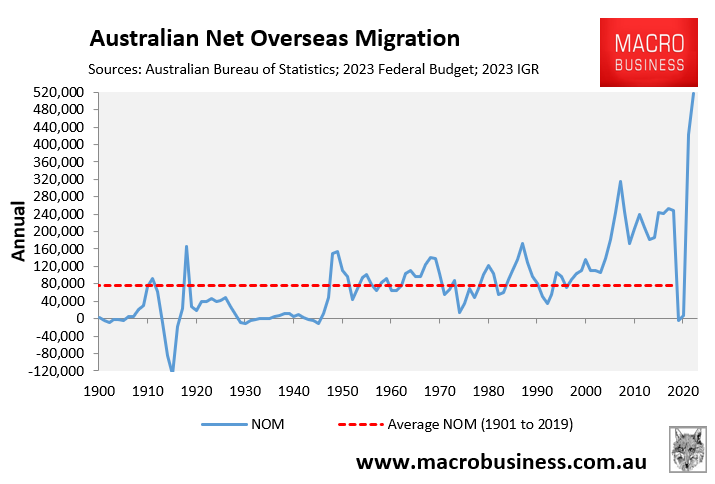NSW Building Commissioner, David Chandler, has admitted that recently built Sydney apartments are riddled with defects.
“There’s over 60%, nearly 70% of developments and buildings that have defects out there that we don’t know about”, he said.
Chandler’s comments follow in the footsteps of various high-profile apartment faults, including Opal and Mascot Towers, which were evacuated after severe cracking was discovered, and similar problems at various Toplace and Macquarie Park high-rise developments.
Indeed, in 2021, the Strata Community Association NSW reported that some four out of every ten newly built apartment complexes constructed across the state had serious defects.
A parliamentary inquiry in New South Wales likewise revealed significant structural flaws in newly constructed apartment complexes.
Nevertheless, David Chandler is now busy reassuring consumers that the state is cracking down on dodgy developers and that new reforms will lead to better-quality developments in the future.
The NSW Building Commission was given more powers to order repairs during construction in December to increase public trust in buying off-the-plan homes.
The building commissioner’s additional powers include the implementation of a five-star rating system for builders and developers known as iCIRT, as well as 10-year fault insurance for apartment buildings.
David Chandler stated that defect insurance for specific sorts of problems was the next step in major industry reform and would help comfort consumers about new construction projects.
The commissioner’s office has also been boosted to accommodate the volume of complaints received through Project Intervene, an organised process that allows owners corporations to submit and remedy major building faults.
While these reforms should help at the market, they do not address the key underlying driver of the collapse in build quality: the need to build tens-of-thousands of apartments quickly to meet the federal government’s mass immigration policy.
There is no coincidence that the surge in high-rise defects corresponded with the unprecedented apartment construction boom experienced in the second half of last decade:

With the federal government currently growing the population like a science experiment via extreme immigration, the NSW government has committed to building a record 377,000 homes (75,400 a year) under a five-year housing accord.

Blind Freddy can see that building so many homes so quickly (i.e. mostly high-rise apartments) will lead to a trade-off between quality and speed, resulting in a decline in building standards.
NSW and Australia more broadly will very likely make the same mistakes as it did last decade by cutting corners and ramping up the construction of poor-quality high-rise towers to meet the Albanese government’s record net overseas migration.
Rather than creating a high-rise slum future, the federal government should instead limit net overseas migration to a level that is commensurate with the country’s ability to provide high-quality housing and infrastructure, as well as the carrying capacity of the natural environment (particularly water resources).
Lower, sustained immigration (demand) would encourage the building industry to prioritise quality over quantity in construction while also relieving the rental crisis.
Under Labor’s ‘Big Australia’ policy, thousands more defective high-rise slums will be developed across Australia’s major cities to house the ballooning population.
Why create the problems in the first place when net overseas migration can simply be reduced to sensible, sustainable levels of below 150,000 a year?

